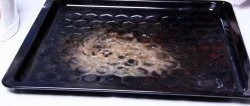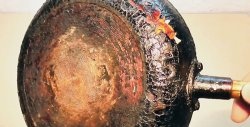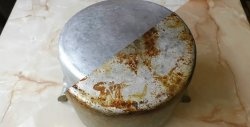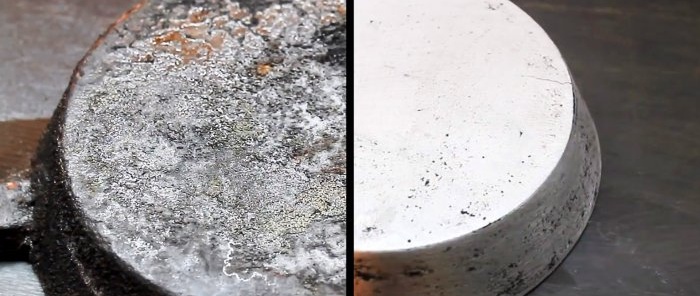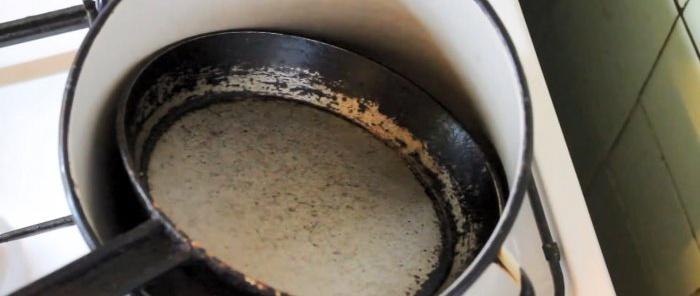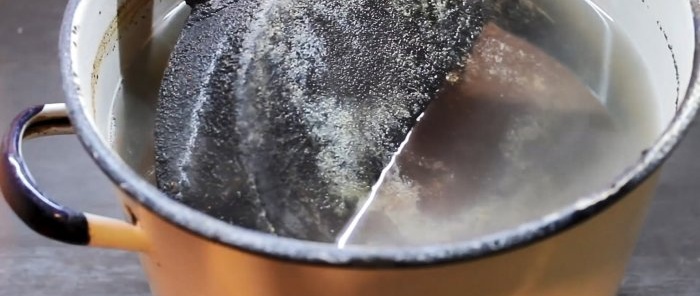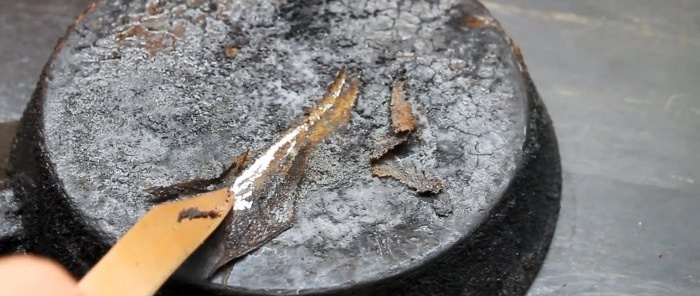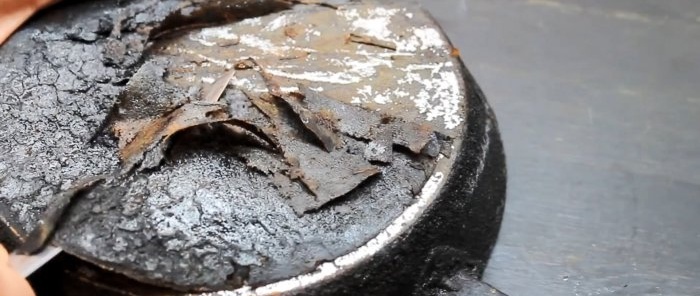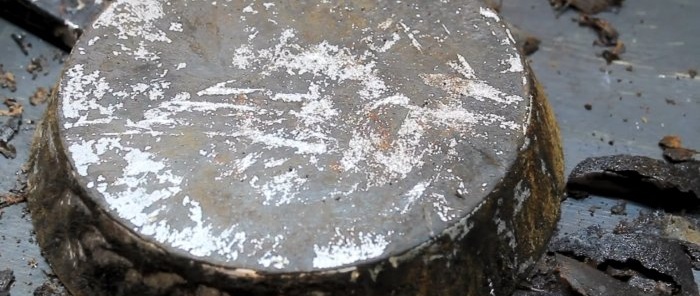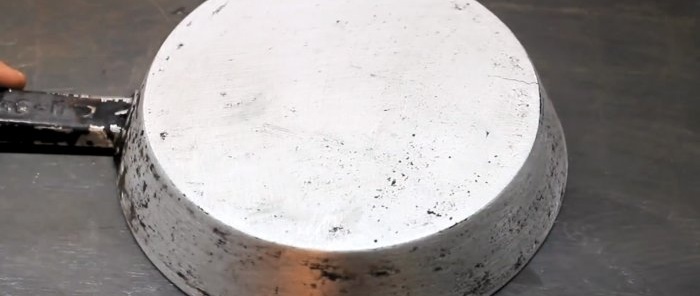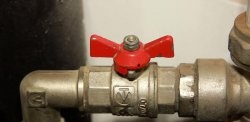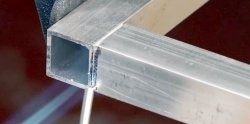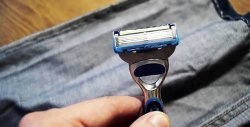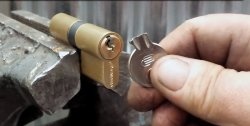How to clean a frying pan from years of carbon deposits without magic remedies or store-bought chemicals
Grandma's old frying pans have one inexplicable advantage: food cooked in them tastes better than in modern ones with their abstruse coatings and shapes. Therefore, you can spend some time and effort to clean it of many years of soot. Moreover, this does not require any scarce materials or tools.
Will need
- a saucepan of suitable size;
- tablespoon;
- tap water;
- baking soda;
- fire source (gas stove);
- kitchen knife;
- sandpaper.
The process of cleaning a frying pan from greasy burnt soot
We place a suitable-sized pan of water on a gas stove, lower a frying pan with many years of soot into it and light the gas under the pan.
Pour two heaped tablespoons of ordinary baking soda into the pan, stir it so that it dissolves faster, and leave to simmer for about one hour or a little more, depending on the results: whether the soot has softened or not yet).After some time, soda dissolved in water begins to interact with the soot substance and bubbles will intensively form, float and burst on the surface of the water. Not to be confused with bubbles when boiling water that has not yet reached its boiling point, i.e. 100 degrees Celsius.
After boiling for an hour, the water in the pan became cloudy, layered streaks appeared on the walls of the pan, and greasy foam appeared on the surface of the water. We take the frying pan out of the boiling water and give it some time to cool, but not completely.
It can be seen that the carbon deposits have become heterogeneous, porous and covered with cracks over almost the entire surface of the bottom of the frying pan. These are signs that he has lost touch with the metal and should easily calve from it.
Using a kitchen knife, we check this version and make sure of its authenticity. The carbon deposits are simply cut off from the metal in layers and only in some places it is necessary to scrape it off with some effort.
Cleaning the side surface of the frying pan is somewhat difficult due to its inclined position. But if you turn the frying pan upside down and place it on a hard surface, the cleaning process will speed up and become easier.
Having removed everything that can be done with a knife, we remove the remaining carbon deposits using sandpaper, which will require some time and effort.
After cleaning with sandpaper, the frying pan was almost completely free of carbon deposits. It remained only in deep scratches, cracks and cavities formed during many years of use of this kitchen utensil.
Watch the video
Similar master classes
